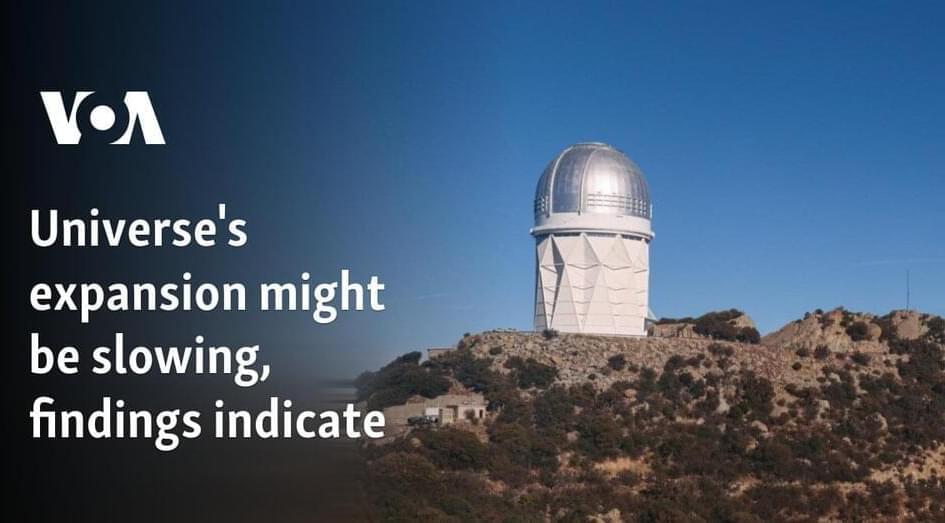The new research culminated in a 3D map that measures how the universe has been expanding over the past 11 billion years. The data was collected by the Dark Energy Spectroscopic Instrument (DESI), a part of the Nicholas U. Mayall Telescope at the Kitt Peak National Observatory in Arizona.
Five thousand tiny robots on the telescope collect data at an unprecedented rate, per a statement from the observatory. Since it started scanning the sky in 2021, DESI has observed 5,000 galaxies every 20 minutes, totaling more than 100,000 galaxies each night.
The new map, based on just the first year of DESI’s data, is the largest 3D map of the universe ever made, according to a statement from the Lawrence Berkeley National Laboratory (Berkeley Lab), which manages the project.








